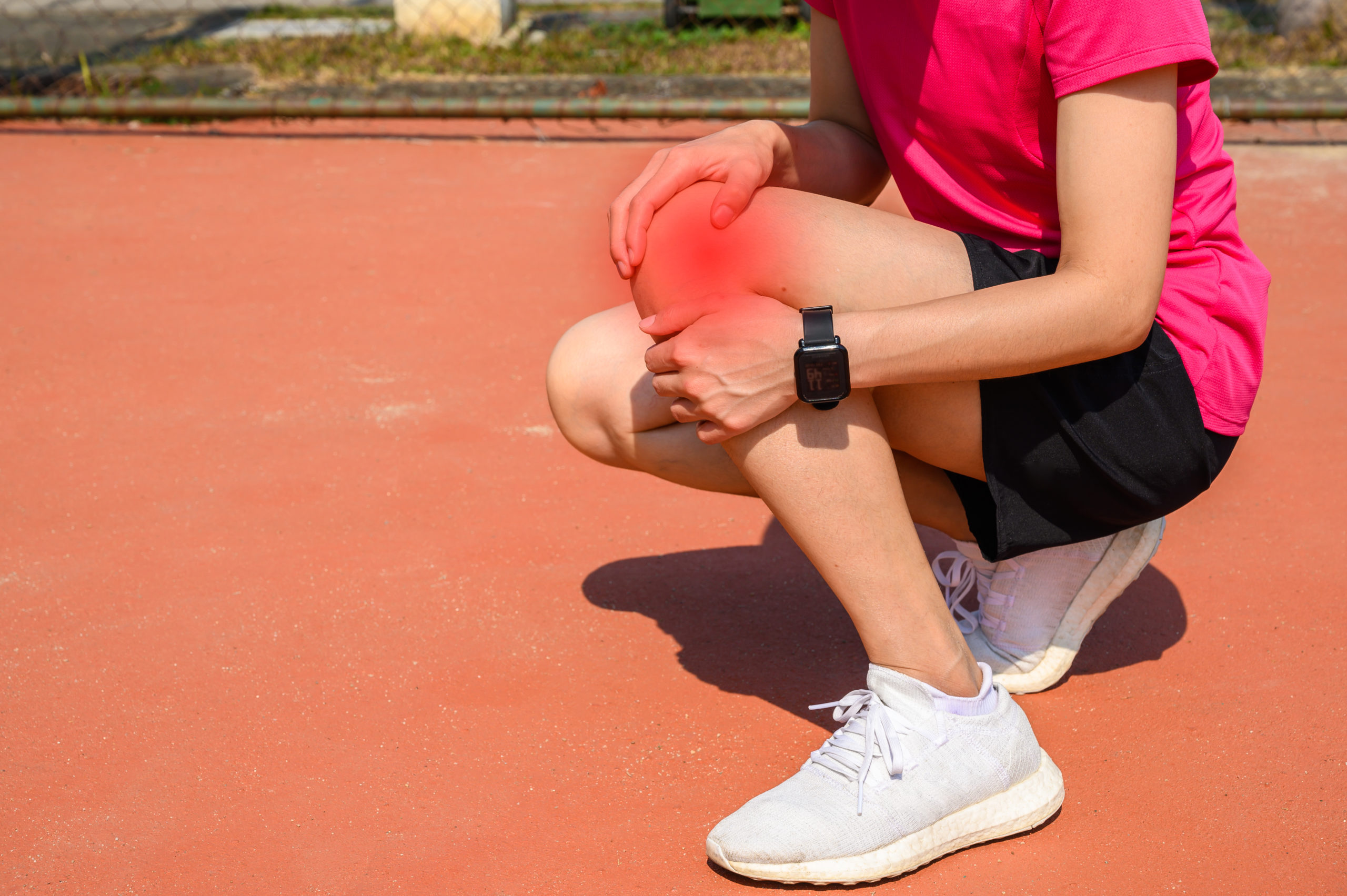What is the Iliotibial Band?
The iliotibial band is a thick band of fascia on the lateral aspect knee. It extends from outside of the pelvis, over the hip and knee, and inserting just below the knee. The iliotibial band plays a very crucial role in stabilizing the knee during running, walking and standing. This band is most commonly affected whenever there are hip and knee injuries. This muscle crosses the hip and knee joints. This is one of the two-joint muscles in the body.
What is Iliotibial Band Syndrome?
When the Iliotibial band is overused due to a knee or hip injury, it causes pain in the iliotibial band and called iliotibial band syndrome. It causes pain and tenderness on palpation over the iliotibial muscle close to its insertion over the lateral aspect of the knee.
What are the causes of Iliotibial Band Syndrome?
This condition is the inflammation over the Iliotibial band. This inflammation happens due to overuse syndrome that occurs mostly in long-distance runners, bicyclists and other athletes who repeatedly squats. Iliotibial band syndrome can happen due to poor training habits, poor work habits, poor flexibility and mobility of muscle and mechanical imbalance or impairments in the body and muscles. the Iliotibial band can get excessively tight, leading to increased friction and irritation when the band crosses back and forth across the femoral epicondyle during activities.
What are the signs and symptoms of Iliotibial Band Syndrome?
The patient presents with pain over the lateral side of the knee. This pain is due to inflammation of the area near the knee. Sometimes patients report feeling a stinging sensation and needle-like pricks. In severe cases, pain persists with walking, prolonged standing or when going up and down steps.
Along with pain, many patients also feel popping and hear an audible snapping sound. There may be swelling either where the band crosses the femoral epicondyle or below the knee where it attaches to the tibia. Sometimes the patient feels pain along the course of the IT band up to the outer side of the thigh to the hip.
What is the Treatment for Iliotibial band syndrome?
The initial treatments for Iliotibial band syndrome include rest, ice application, compression and elevation (RICE). Anti-inflammatory and muscle relaxants are very helpful for IT band syndrome.
Physiotherapy is very helpful for IT band syndrome. The protocol includes the reduction of pain and inflammation at the IT band. With a strong focus on improving mobility, flexibility, strength, and function of the IT band. The patient will notice an improvement in the activity levels such as able to do prolong walking, standing, running, jumping, up and down steps.
Physiotherapy treatment includes the use of electrotherapy TENS machines, as well as therapeutic ultrasound techniques. TENS helps to reduce pain and ultrasound helps to reduce pain and inflammation. ROM exercises are also helpful to maintain and improve the mobility of the knee joint. Strengthening exercises are also necessary for quadriceps and hamstrings muscles. Stretching an IT band is helpful for IT band syndrome helping return the IT band to its normal structure.
With appropriate management and physiotherapy treatment, IT band syndrome is a manageable condition. Many people recover completely from IT band syndrome.





